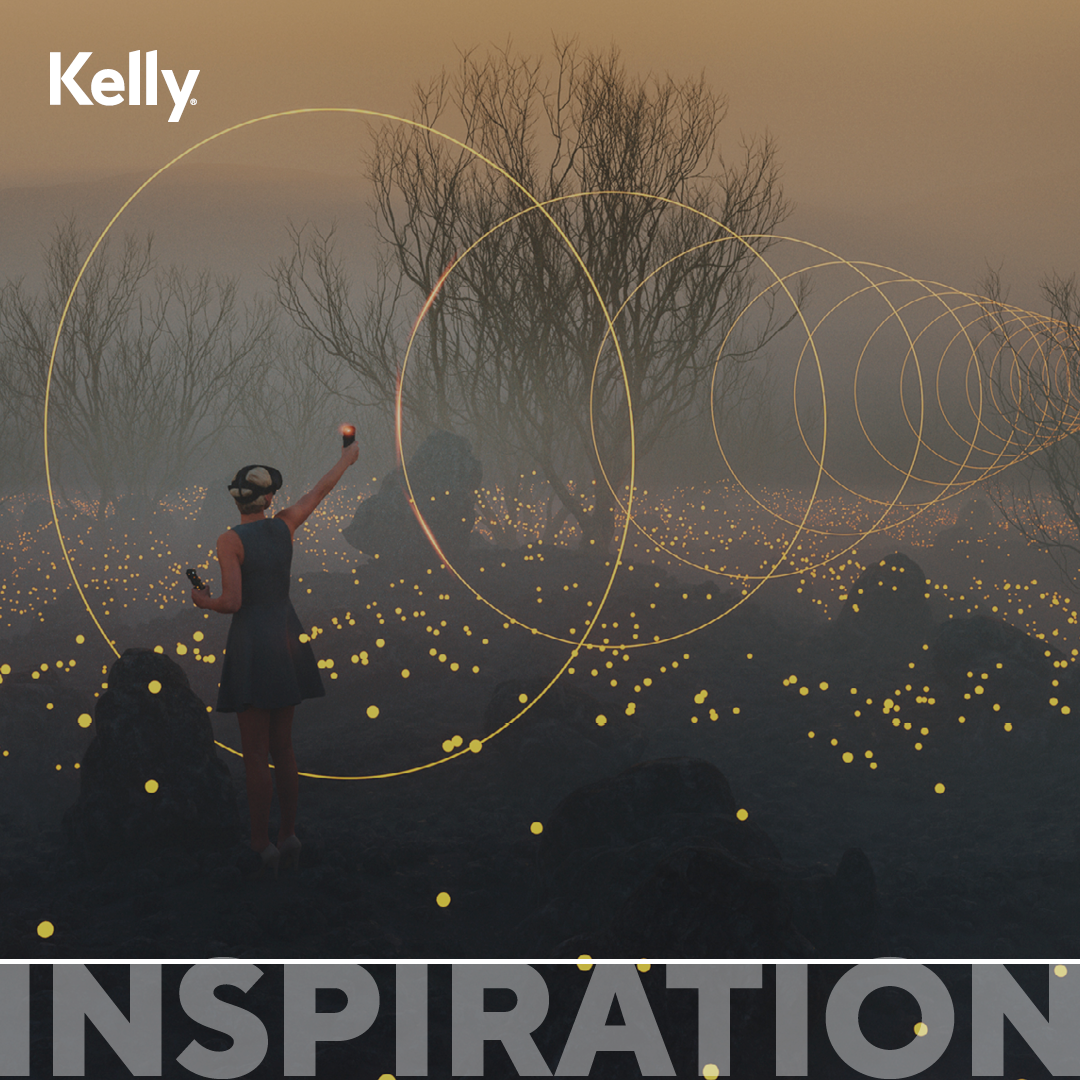
Retaining new talent begins with choosing the right candidate.
It can be frustrating to spend months looking for that ideal candidate, the one with the perfect blend of skills, experience, and personality, only to have them wave goodbye within the first few months. Leaving you back at the drawing board. Ok, so sometimes the loss of great talent is impossible to avoid. Even the best candidates are human and sometimes life or simply a better offer gets in the way of best-laid plans. But if you’re noticing a pattern of new hires who look for the door almost as soon as they arrive, then you could be experiencing organ rejection. In other words, you are making a fundamental misstep in your talent sourcing and selection process or you’re failing to create a nurturing environment for new talent. Either way, something needs to change and fast.
We look at how choosing the right candidate and the right onboarding process can help your business prevent organ rejection, below.
Look Beyond The CV
Choosing the right candidate is about more than matching up skill sets. It’s about taking a closer look at who they are and how they approach work. A person who has great cultural alignment with your organisation’s values and goals is much more likely to successfully embed then someone with all the right skills but no understanding of who you are as a business. When you meet a candidate, take the time to visualise them in the role, talking to their team. Does it seem like a good match? If not, they may not be the right person, however impressive their CV.
Set Realistic Expectations
It’s easy to ‘sell’ the best parts of a job during the recruitment process and overlook the reality and challenges of a role. Any candidate needs to have a clear understanding of what a new role entails and the expectations that will be placed on them before they make a decision. There is nothing more disappointing than walking in on your first day to find a job that bears little resemblance to the role you expected. It can see highly skilled talent disappear, fast.
Never Select the Best of The Worst
Many industries are suffering from skills shortages. It can be really tough to attract the talent you need. But that should never mean you choose the best of the worst. It will only cause a bigger headache down the line. If you’re struggling to fill a key role, take a step back. Think about how you could reorganise your search. Or reach out to talent partners and suppliers to help you cast your net a little further. Kelly RPO provides bespoke talent services designed to offer support wherever and whenever you need it most. Our sourcing and engagement experts can help you discover the best talent around.
Have a Clear Onboarding Process
Ok, so you have found an amazing candidate. Someone who has the skills and values to be a great asset to your business. You've offered them the job they said yes! Make sure you don’t pat yourself on the back at this point and walk away. To retain talent in the long term you need to create a clear and welcoming onboarding process that helps new starters feel like part of the team. Never throw a new hire into the fray without support and guidance. It can leave them isolated and highly susceptible to looking elsewhere.
Ask For (And Listen To) Feedback
Want to get really good at engaging new hires? Then you need to start talking. Make feedback a consistent and active part of your onboarding process. This shouldn’t be a tick box exercise but data that is consolidated, reviewed and leveraged to drive continuous improvement. So, really listen to what your new hires are telling you and act on any trends that are causing bumps in the road.
Want to learn more about our unique approach to talent? To find out more about our services click here.







